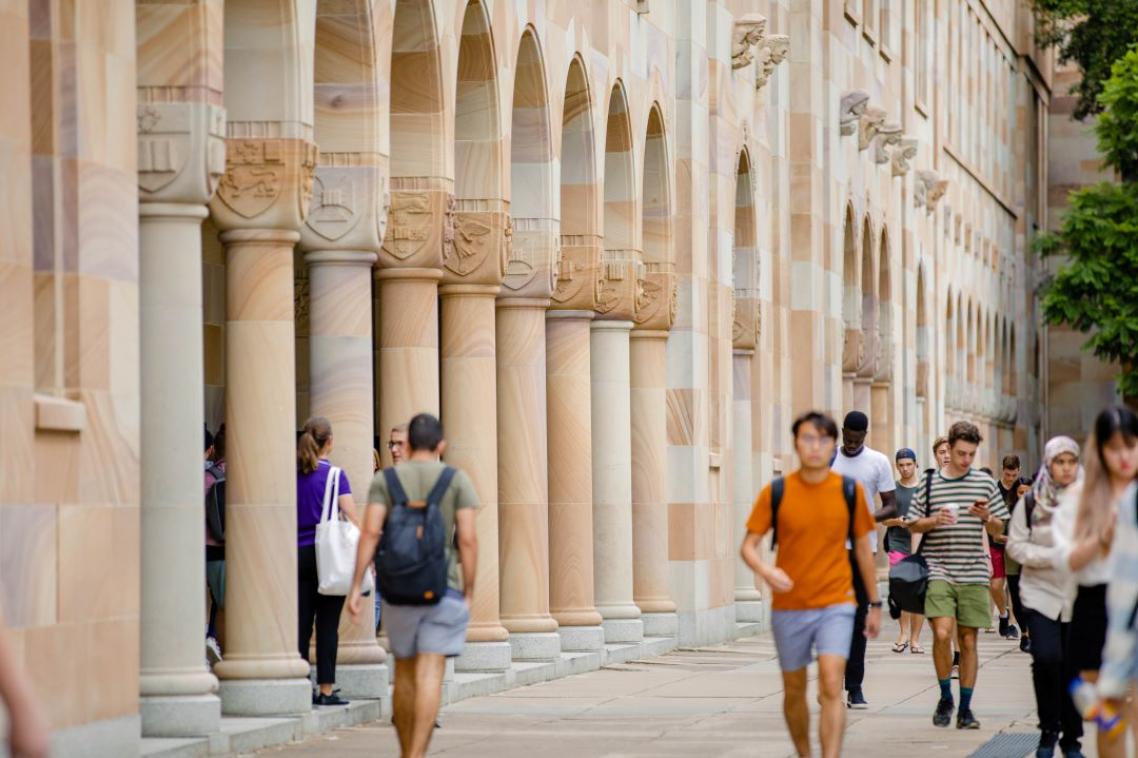Study shows Sydney is Australia's international city
Study shows Sydney is Australia's international city
Sydney continues to be Australia's primary link to the rest of the world and to the global economy, according to the latest Monitoring Sydney report.
The report, by the Australian Housing and Urban Research Institute (AHURI) at the University of Queensland, says Sydney dominates as Australia's international city.
Sydney airport attracted around 50% of international air travellers to Australia during the 1990s, it dominated air freight and was the entry point for 47% of immigrants to Australia in 1998.
"Sydney clearly out-performs Melbourne and Brisbane in these functions and is likely to continue to do so," AHURI Director Professor Bob Stimson, who coordinates the Institute's program of urban and regional analysis, said.
The city's performance is scrutinised in the Institute's 1998 Monitoring Sydney to be launched by Sydney Lord Mayor Frank Sartor at a Committee for Economic Development of Australia lunch in Sydney on Friday, April 23.
The report highlights changes occurring in the geographic patterns of investment in offices, shops, factories, other business premises, health and education facilities and housing across the Sydney metro region.
Its author, Professor Maurice Daly, Emeritus Professor of Geography, the University of Sydney, says the Olympics have provided a huge boost to investment, construction and infrastructure.
"This has given the city a jump in terms of international recognition," he said. "The vital issue is what happens after the Olympics. The report demonstrates that the Sydney economy is so structurally sound that growth should be sustained into the next decade."
But Professor Daly warns that Sydney cannot be complacent about its position.
"The hubris of the Olympic year in 2000 must not be replaced by a deflation in both investment interest and real growth," he said.
Professor Stimson said Sydney, like the other larger cities in Australia, was becoming something of a "dual city". Rapid change occurring in its inner and northern suburbs was associated with increasing concentrations of high income households and rapidly increasing property values.
The outer suburban regions, particularly in the west and south-west, had relatively more low income households, households with dependence on social security and public housing rent assistance support and "distinctly higher levels of unemployment".
The report shows inner city areas continue to improve their relative share of Sydney's population and that the decline of the inner suburbs has been dramatically arrested during the 1990s. In 1992 the inner areas had only 2.5% of new dwelling commencements, but since 1996 this has climbed steadily to reach 17.5% in 1998.
Office construction in the inner city accounted for 76% of all office construction in Sydney in 1998, having recovered to the position it held in 1992.
Investment in general business activity continues to favour the inner areas, attracting 30% of total investment in recent years. In hotel construction the inner city dominated with 92% of investment in 1998. The inner city attracted 44% of the investment in shops. And, perhaps surprisingly, 38% of Sydney's investment in education facilities.
General public sector investment in 1998 also favoured Sydney's inner city areas, attracting one-third of total public sector investment in the metro region.
The AHURI report warns of mounting pressure on Sydney Harbour because of the revival of growth and investment in the inner city.
"The foreshores bristle with growth and change, and over the water itself commercial and recreational activities of great magnitude operate within sensitive ecosystems," Professor Daly said.
He describes the harbour as "a multi-faceted resource, sustaining vital aspects of Sydney's life and reputation".
"It faces the most complex set of planning issues since the arrival of Europeans," Professor Daly said.
"Two facts complicate the situation: the spread and division of responsibility for the harbour over a large number of bodies, and the sparse and uncoordinated nature of the information sets which guide the management processes."
Further information:
Professor Bob Stimson, AHURI, the University of Queensland, telephone (07) 3365 6307, mobile telephone 0411 020 627 (Thursday, April 22, and Friday, April 23, only), or home telephone (07) 3379 8542.
Professor Maurice Daly (Daly Research Systems) on telephone (02) 9979 9224 or mobile telephone 0412 069 510.
For attendance at the launch of Monitoring Sydney (12.20-2pm, Friday, April 23), contact CEDA, Level 9, 275 George St, Sydney, telephone telephone (02) 9299 7022.
Related articles

Should you consent to your doctor using an AI scribe? Here’s what you should know.

$1.85 million boost for UQ research projects
Media contact
UQ Communications
communications@uq.edu.au
+61 429 056 139
